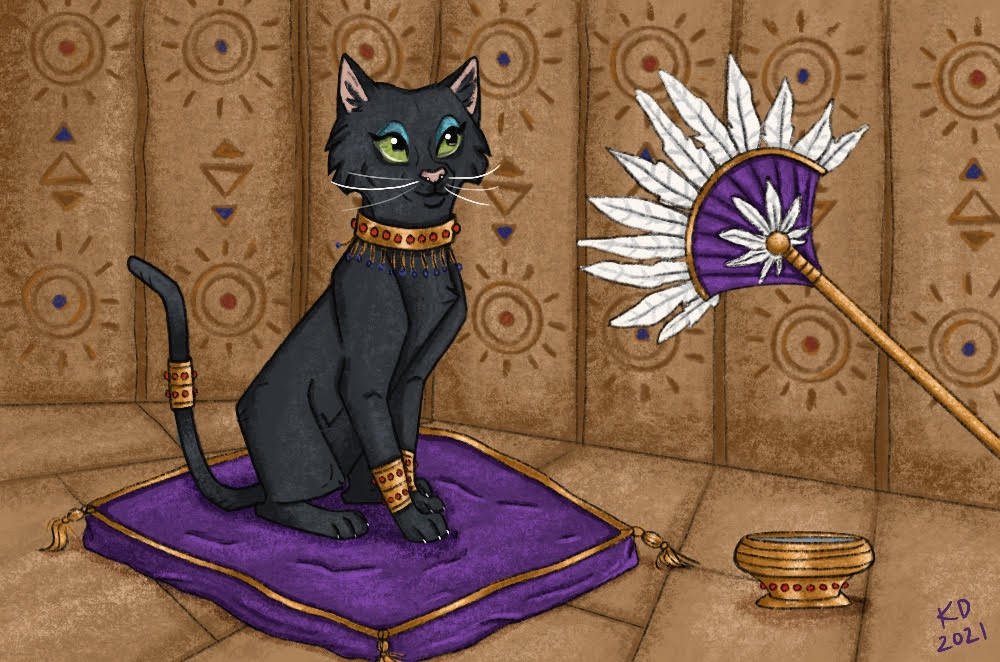The Cat Domestication Process: A Journey of Coexistence
In the tapestry of human history, few relationships have endured with such unwavering loyalty and companionship as that between humans and cats. This extraordinary bond, forged over millennia, has transformed the cat from a wild predator into a cherished household companion. The story of cat domestication is a captivating tale of adaptation, evolution, and mutual benefit.
Origins of Cat Domestication
The roots of cat domestication can be traced back to the ancient Near East, approximately 10,000 years ago. During this period, humans transitioned from nomadic hunter-gatherers to settled agriculturalists. This shift in lifestyle brought about significant changes in the environment, leading to an increase in rodent populations. These rodents posed a threat to stored grains and other agricultural products, prompting humans to seek solutions for pest control.
Enter the cat, a natural predator of rodents, whose keen senses and agile hunting skills made it an ideal ally in the fight against these pesky pests. As humans began to appreciate the cat’s contributions to their newfound agrarian lifestyle, a symbiotic relationship began to emerge.
Genetic and Behavioral Adaptations
Over time, the close association between cats and humans led to a series of genetic and behavioral adaptations that facilitated their coexistence. These adaptations were driven by both natural selection and human intervention.
Natural Selection
In the evolutionary dance of natural selection, cats with traits that enhanced their ability to live and thrive in close proximity to humans had a greater chance of survival and reproduction. These traits included:
- Reduced fear response: Cats that displayed less fear of humans were more likely to approach human settlements, increasing their access to food and shelter.
- Increased tameness: Cats that exhibited tameness and docility were more likely to be tolerated, and eventually welcomed, by humans.
- Enhanced hunting skills: Cats with superior hunting prowess were more effective at controlling rodent populations, making them more valuable partners to humans.
Human Intervention
Humans also played an active role in shaping the domestication process. Through selective breeding, humans favored cats with desirable traits, such as docility, affectionate behavior, and specific coat colors or patterns. This selective breeding contributed to the development of distinct cat breeds, each with unique characteristics and temperaments.
The Spread of Domestic Cats
From its origins in the Near East, cat domestication spread like a wave across the globe, carried by human migrations and trade routes. By the 16th century, cats had become ubiquitous companions in many parts of Europe, Asia, and Africa. Later, European colonists brought cats to the Americas and Australia, further expanding their global presence.
Cats in Society: A Tapestry of Roles
Throughout history, cats have occupied a diverse range of roles in human society. They have been revered as deities, employed as mousers, valued as companions, and admired for their aesthetic beauty.
- Ancient Egypt: In ancient Egypt, cats were considered sacred animals, associated with the goddess Bastet, who embodied joy, fertility, and protection. Cats were mummified after death and buried in elaborate tombs, reflecting their esteemed status in Egyptian society.
- Medieval Europe: In medieval Europe, cats were primarily valued for their pest control abilities. They were often kept in barns and granaries to protect stored grains from rodents. However, cats also faced persecution during this period, as they were sometimes associated with witchcraft and evil.
- Modern Times: In modern times, cats have become beloved companions, providing comfort, amusement, and unconditional love to millions of people worldwide. They are also increasingly recognized for their therapeutic benefits, helping to reduce stress, lower blood pressure, and improve mental well-being.
Conclusion: A Tale of Partnership and Enduring Affection
The cat domestication process is a testament to the remarkable adaptability of both cats and humans. Over thousands of years, these two species have evolved together, forming a mutually beneficial bond that has enriched the lives of countless generations.
Today, cats continue to hold a special place in human hearts, cherished for their grace, independence, and unwavering companionship. As we marvel at the enduring legacy of cat domestication, we can only imagine the future chapters of this extraordinary partnership.





